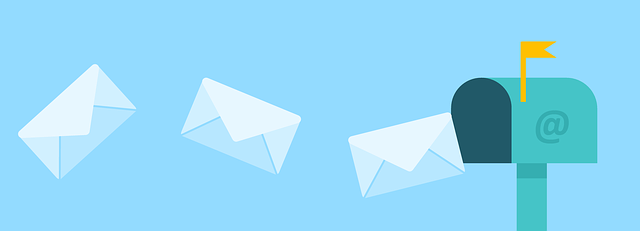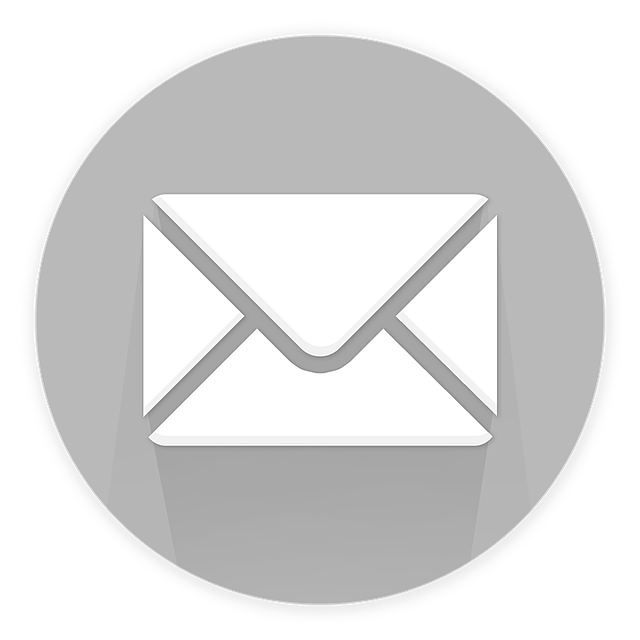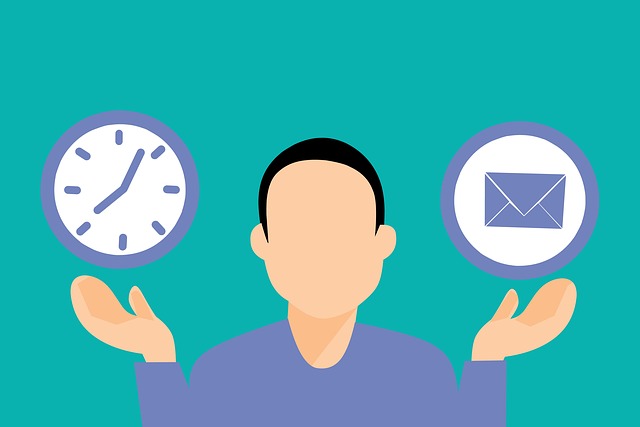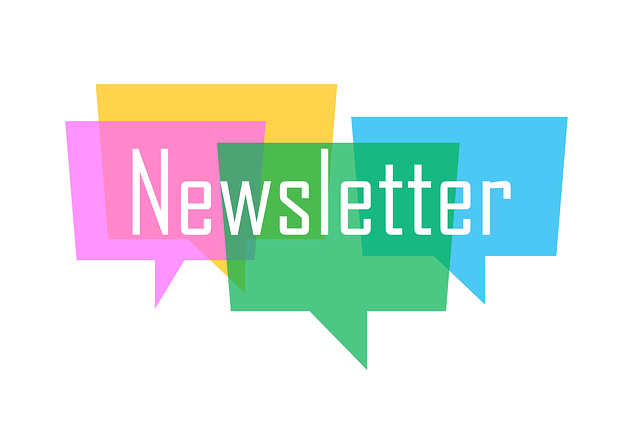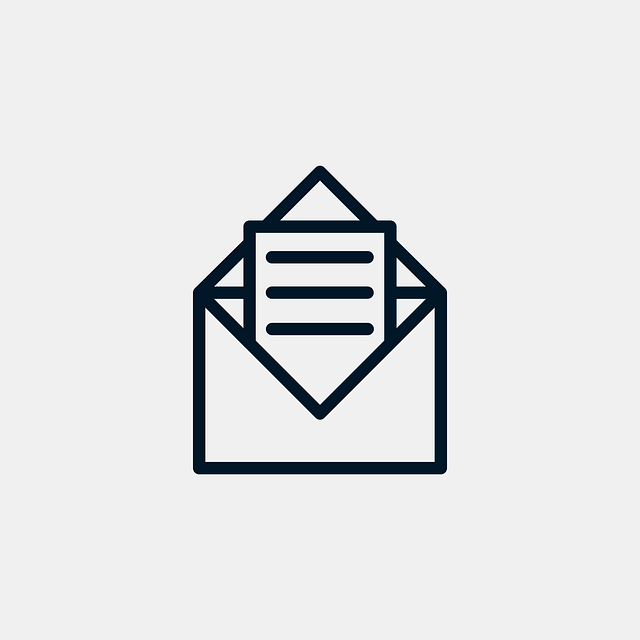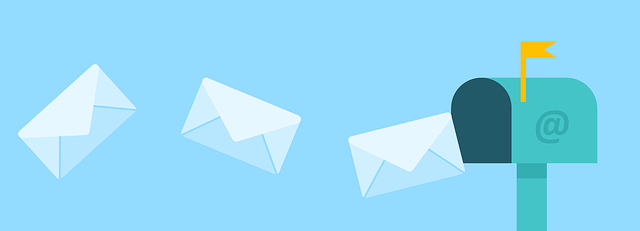Are you tired of sending emails to your nonprofit supporters and never getting the response you hoped for? It’s almost like your messages are disappearing into a deep, dark void, never to be seen or heard from again.
Well, fear not, because we have the solution to your email campaign woes. In this article, we will take you through seven steps that will transform your lackluster emails into powerful tools for engagement and fundraising.
By following these steps, you’ll be able to:
- Identify your target audience
- Craft compelling content
- Design eye-catching emails that demand attention
- Automate your campaigns
- Monitor and analyze results
- Build and nurture relationships with your supporters
Get ready to take your nonprofit’s email game to the next level and see the impact it can have on your organization’s success. Let’s dive in!
Key Takeaways
- Identify target audience
- Craft compelling content
- Design eye-catching emails
- Monitor and analyze results
Identify Your Target Audience
Now that you know who you want to reach, it’s time to identify your target audience and tailor your email campaigns to meet their needs and interests.
Conducting audience research is crucial in understanding the demographics, preferences, and motivations of your target audience. This will help you create messaging that resonates with them and compels them to take action.
By tailoring your messaging to your target audience, you can ensure that your emails are relevant and engaging. Use language, tone, and content that will appeal to their interests and address their pain points.
Understanding your audience will help you build trust and establish a connection with them. As you move forward, it’s important to craft compelling email content that will captivate your audience and inspire them to support your cause.
Craft Compelling Email Content
Imagine a world where your email content is so captivating that readers can’t help but donate to your cause. To achieve this, you need to craft compelling email content that grabs their attention and motivates them to take action.
Here are four key elements to consider when creating your email content:
-
Engaging Subject Lines: Capture your reader’s attention with impactful subject lines that pique their curiosity and make them want to open your email.
-
Concise and Persuasive Messages: Keep your content clear, concise, and persuasive. Use compelling storytelling techniques to evoke emotions and connect with your audience on a personal level.
-
Strong Call-to-Action Buttons: Make it easy for readers to support your cause by including clear and prominent call-to-action buttons. Use action-oriented language that encourages them to click and donate.
-
Personalization and Relevance: Tailor your content to resonate with your target audience. Segment your email list and create personalized messages that address their specific needs and interests.
Crafting effective email content is just the first step towards creating successful email campaigns. Next, we’ll discuss how to design eye-catching emails that further engage your audience.
Design Eye-Catching Emails
Crafting compelling email content is essential, but to truly captivate your audience and inspire action, you must design visually stunning emails that leave a lasting impression.
The layout of your email plays a crucial role in grabbing attention and guiding your readers. A well-designed email template can make your content more visually appealing and increase engagement. Use a clean and organized layout, with a clear hierarchy of information.
Incorporate eye-catching graphics, such as high-quality images or compelling illustrations that align with your nonprofit’s branding. Choose fonts and colors that are easy to read and visually appealing.
Remember to keep your email mobile-friendly, as more and more people are accessing emails on their smartphones.
By paying attention to the design of your emails, you can create a visually compelling experience that encourages your audience to take action.
Now, let’s move on to automating your campaigns.
Automate Your Campaigns
Are you looking to automate your email campaigns for your nonprofit organization?
Setting up welcome emails for new subscribers is a crucial step in engaging and nurturing your audience. By scheduling regular newsletters or updates, you can keep your supporters informed about the latest news and events.
Additionally, sending personalized thank-you emails for donations shows your appreciation and helps build a strong relationship with your donors.
Automating these campaigns will save you time and ensure consistent communication with your audience.
Set Up Welcome Emails for New Subscribers
When setting up welcome emails for new subscribers, you’ll want to make sure that you include a personal touch. Research has shown that welcome emails with personalized subject lines have a 26% higher open rate.
To create an effective welcome series, start by sending a warm and friendly introduction email, thanking the subscriber for joining your nonprofit’s community. In subsequent emails, provide valuable content, such as success stories or impact updates, to engage and inspire your new subscribers. Encourage them to take action by volunteering or making a donation.
By establishing a connection and showcasing the impact of your organization, you can foster a sense of belonging and commitment in your subscribers.
Once you have set up your welcome series, it’s important to schedule regular newsletters or updates to keep your subscribers informed and engaged.
Schedule Regular Newsletters or Updates
To maintain a strong connection with your subscribers, it’s crucial to regularly send out engaging newsletters or updates that keep them informed and excited about your nonprofit’s work. These regular communications allow you to build trust and loyalty, while also providing an opportunity to showcase the impact of your organization. Email segmentation and A/B testing are effective strategies to ensure that your newsletters are tailored to the specific interests and preferences of your subscribers. By segmenting your email list based on factors such as demographics, donation history, or volunteer interests, you can send targeted content that resonates with each group. Additionally, A/B testing allows you to experiment with different subject lines, layouts, or call-to-action buttons, helping you identify the most effective approaches for engagement. By implementing these tactics, you can create newsletters that captivate your subscribers and drive meaningful interactions. Now, let’s explore how to send personalized thank-you emails for donations.
Send Personalized Thank-You Emails for Donations
Expressing gratitude is a powerful way to foster donor loyalty, so be sure to craft heartfelt thank-you emails that make donors feel appreciated and acknowledged.
Donor recognition is essential in building strong relationships, so here are four key tips to create personalized thank-you emails that leave a lasting impact:
-
Start with a warm greeting and address the donor by name.
-
Highlight the impact of their donation and how it’ll make a difference.
-
Share a personal story or testimonial to create an emotional connection.
-
Offer opportunities for further engagement, such as volunteering or attending events.
By incorporating these elements, you can express your gratitude while also deepening the donor’s connection to your cause.
In the next section, we’ll discuss how to monitor and analyze the results of your email campaigns to further improve your nonprofit’s outreach efforts.
Monitor and Analyze Results
By monitoring and analyzing the results of your email campaigns, you can gain valuable insights and make informed decisions to improve your nonprofit’s outreach and engagement. Tracking the effectiveness of your campaigns allows you to understand which strategies are working and which ones need improvement. By measuring metrics such as open rates, click-through rates, and conversion rates, you can identify trends and patterns that can help you optimize your future emails. Additionally, analyzing the data can provide insights into your audience’s preferences and behaviors, allowing you to tailor your content and messaging to better resonate with them. Take advantage of the data to continually refine and enhance your email campaigns, ensuring that you are constantly improving performance and maximizing the impact of your nonprofit’s mission. Transitioning into the subsequent section about ‘build and nurture relationships,’ remember that effective email campaigns are not just about tracking numbers; they are also about fostering connections with your supporters and building meaningful relationships.
Build and Nurture Relationships
Developing strong and meaningful connections with your supporters is crucial in order to cultivate and maintain lasting relationships. Donor engagement plays a vital role in the success of your nonprofit organization, as it helps to build a loyal and dedicated base of supporters.
By consistently nurturing these relationships, you can effectively communicate your mission and goals to your donors, keeping them engaged and motivated to support your cause. Utilize various communication channels, such as email newsletters, personalized messages, and social media updates, to keep your supporters informed and involved.
Show appreciation for their contributions and provide updates on the impact of their donations. Regularly seek feedback and involve them in your initiatives, making them feel like valued partners in your mission.
By prioritizing donor engagement and consistently cultivating supporters, you can strengthen your nonprofit’s reach and impact.
Frequently Asked Questions
How can I ensure that my email campaigns are GDPR compliant?
To ensure your email campaigns are GDPR compliant, you need to address the challenges of GDPR compliance head-on. One key challenge is obtaining explicit consent from your subscribers. Symbolically, think of consent as the key that unlocks the door to successful email marketing. Craft clear and compelling opt-in forms, explain why you’re collecting data, and give subscribers control over their preferences.
These strategies will not only make your campaigns compliant but also build trust with your audience.
What are some best practices for personalizing email content for different segments of my target audience?
To effectively personalize email content for different segments of your target audience, implement personalization strategies such as using the recipient’s name, referencing past interactions, and tailoring the content to their specific interests and preferences.
Segment your email list based on demographics, interests, or past engagement to create segment-specific email messaging. By doing so, you can deliver highly relevant and engaging content, increasing the chances of conversions and building stronger relationships with your audience.
Are there any specific design considerations to keep in mind when creating mobile-friendly emails?
When creating mobile-friendly emails, it’s important to consider design elements that make your message pop on smaller screens.
Design considerations like responsive design ensure that your email adapts seamlessly to different devices, providing a smooth and engaging user experience.
By optimizing your layout, font sizes, and images for mobile, you make it easier for recipients to navigate your content and take action.
Don’t underestimate the power of a well-designed mobile email to capture attention and drive meaningful interactions.
What are some effective ways to automate email campaigns and ensure timely delivery?
To automate email campaigns and ensure timely delivery, you need the right tools and strategies. Start by using an email marketing platform that offers automation features.
Segment your audience based on their interests and behaviors to send targeted emails.
Personalize your messages to make them more relevant and engaging.
Set up triggers and workflows to automate the sending of emails based on specific actions or events.
Regularly monitor and optimize your campaigns to improve delivery rates and maximize results.
How can I measure the success of my email campaigns and track key metrics like open rates and click-through rates?
To measure the success of your email campaigns and track key metrics like open rates and click-through rates, you need to dive into the world of engagement.
Picture yourself analyzing the data, gaining valuable insights into your audience’s behavior. By measuring engagement, you can optimize subject lines to capture attention and improve open rates.
Tracking click-through rates allows you to assess the effectiveness of your content and calls to action. These metrics are crucial in evaluating and refining your email campaigns for maximum impact.
Conclusion
Now that you’ve reached the end, it’s time to put your newfound knowledge into action. By following these 7 steps, you’ll be able to create email campaigns for your nonprofit that will captivate your target audience and foster genuine connections.
Remember, Rome wasn’t built in a day, so be patient and persistent in your efforts. With each campaign, you’ll be one step closer to achieving your goals.
So, don’t let the grass grow under your feet – seize the day and start crafting those impactful emails that will make hearts skip a beat!

